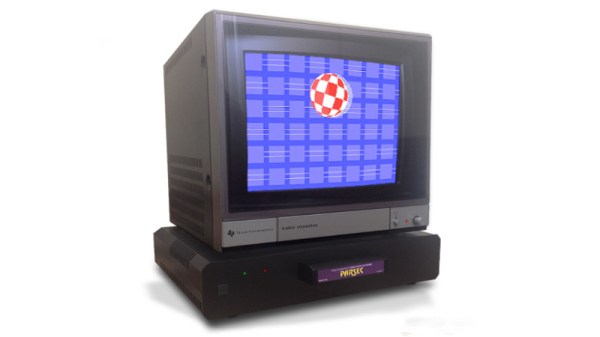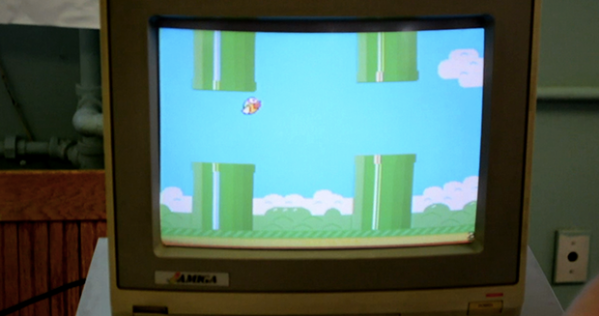Hackaday Editors Elliot Williams and Mike Szczys talk turkey on the latest hacks. Random numbers, art, and electronic geekery combine into an entropic masterpiece. We saw Bart Dring bring new life to a cool little multi-pen plotter from the Atari age. Researchers at UCSD built a very very very slow soft robot, and a broken retrocomputer got a good dose of the space age. A 555 is sensing earthquakes, there’s an electric motor that wants to drop into any vehicle, and did you know someone used to have to read the current time into the telephone ad nauseam?
Take a look at the links below if you want to follow along, and as always tell us what you think about this episode in the comments!
Take a look at the links below if you want to follow along, and as always, tell us what you think about this episode in the comments!
Direct download (60 MB or so.)















